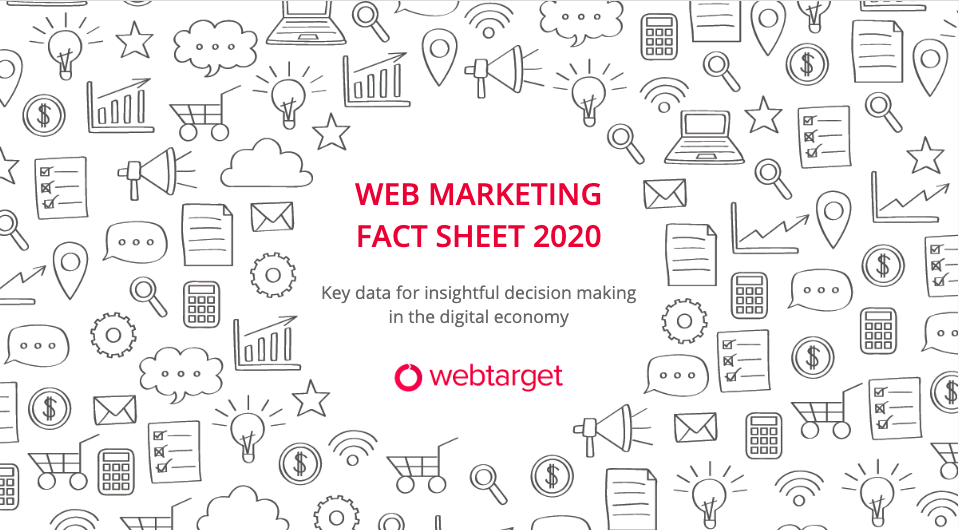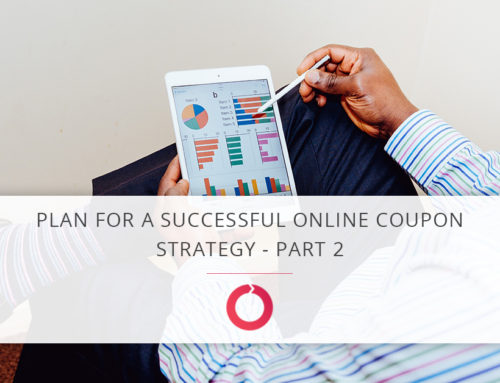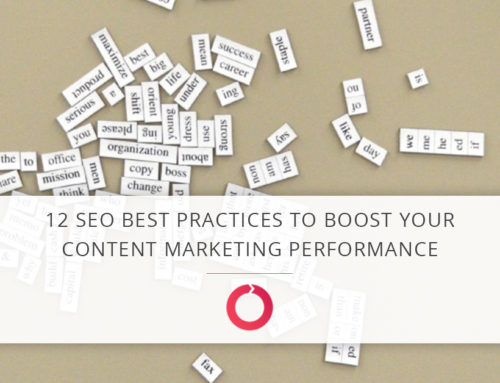While there are a lot of best practices and tactical tips addressing how to do Content Marketing, we wanted to provide you with the key points for successful Content Marketing planning organized around four main pillars.
1. Customer Insights
The main goal of Content Marketing is to connect potential customers to a brand, a product or a service through a range of content driven initiatives. A Content Marketing strategy should always starts with the target audiences in mind. In the Marketing jargon, these are called personas (or buyer personas for B2B). In other defining specific profiles for major groups of your audience you wish to interact with.
It’s important to understand two things about these audiences (or personas):
– they are most likely to find any form of your content online through a Search Engine. That said, there are other platforms they will engage with, in the digital space (such as social media) or in the real world (such as events, conferences, or email from the sales team).
– in most cases, what they’re looking for is useful information (utility content) to help them decide if they’re going to engage in buying or using your product. Once the basic utility content are covered and they become customers, they might want to connect with your brand and be informed while being entertained (one of the challenges of producing a mix of content and of managing social media channels).
The first pillar of Content Marketing planning is understanding your audience, where they’re most likely to interact with your content, and what problem they need solved.
2. Conversion Funnels
One of the biggest issues about Social Media marketing but also mentioned as a challenge by Marketing executives about Content Marketing is how to measure the ROI or success of these content driven initiatives.
Once you’ve understood what your target audience wants (first pillar), you need to define how you want them to interact with your content and how this interaction leads to a positive return. In other words defining key performance indicators (KPI) to track and measure the success of your initiatives.
This exercise often results in a map of various touch points between your target audience and the platforms they interact with (Search Engine, your blog, Social Media, your newsletter, etc.), and how these touch points lead to a specific measurable action (an online sales, submission of a form, registration to an event, etc.) that usually happens on your website.
Your goal is to make sure that your target audience will be funneled through these touch points on a path that will lead to specific actions that you will be able to measure and count as conversions.
The second pillar of Content Marketing planning is defining conversion funnels and key performance indicators so that you can measure success.
3. Content Strategy
By far, the biggest challenge of managing Content Marketing is producing enough content to keep your audience engaged and stay top of mind. While there a several tactics (producing content, curating content, outsourcing production of content, buying content), you can throw as much content at the audience as you want, but if it’s not relevant it won’t stick, if it’s not engaging readers will get bored and leave, if it’s irregularly published, readers won’t be loyal and you won’t reap the benefits of your efforts (i.e. low or no ROI).
Here again, it all comes down to planning. You plan your content according to four dimensions:
– the purpose and type of content you are going to create (inform, engage, promote, convert).
– the online channels you are going to be publish this content to (your blog, your newsletter, social media, and other content aggregators).
– the frequency you are going to publish this content at (more often on social media, more regular on your blog and through your newsletter).
– the main themes (or topics) you want to position your brand with content in Search Engines. These themes will help you determine the keywords that will maximize your SEO reach (i.e. words that you know your audience is typing in Search Engines to find answers to their needs).
The third pillar of Content Marketing planning is defining a content strategy that will help you plan for what relevant content you need to produce, how often you need to publish it, and on what platforms you want to distribute it.
4. Measuring and optimizing ROI
After doing all your homework, you’ll feel that you’ll have a great sense of control because you did a thorough job of planning and executing. You’ll also start seeing some measurable results. You’re getting more phone calls, more inbound leads through your forms, more fans on your social networks, etc. But is it profitable?
Are your profits higher than the costs of running the Content Marketing engine? And if you’ve figured out that it’s indeed profitable, could it be more profitable? Could you be more efficient?
That’s where measuring your performance through your analytics dashboards (for Web, for newsletter, for Social Media, etc.) becomes critical. Once you’ve defined your conversion funnels and your KPIs, make sure you measure and analyse them, and that you optimize your content production and distribution process to maximize your return on investment.
This will help you understand what type of content converts the most into sales on what channels (is it the blog posts? the infographics? the curated content? the Webinars? the newsletter?) and adjust your efforts accordingly.
It’s critical to have a holistic view of the performance of your Marketing efforts on all channels. Make sure to look closely at your website’s user experience as it is where the most financially rewarding conversions happen.
The fourth pillar of Content Marketing planning is measuring the performance of all your content driven initiatives and making sure they’re profitable (or successful however you define success) and that you systematically improve your process.
The Webtarget Guide to Digital Marketing
Find out about the latest trends, performance benchmarks and best practices in online marketing. Subscribe to our newsletter to receive our free online marketing guide for 2020.




